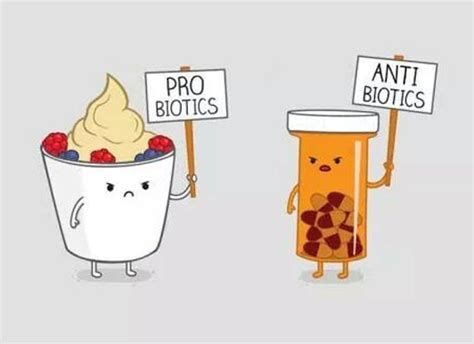
The Dark Origins of Modern Pharmaceuticals
In the aftermath of World War II, the pharmaceutical industry experienced a suspiciously rapid boom…one that hasn’t slowed down since.

Antibiotics, vaccines, and pharmaceuticals like ivermectin, fenbendazole, and artemisinin seemed to spring up out of nowhere. But was this innovation truly organic?
Or did it emerge from the blood-soaked research of Nazi Germany, the Japanese Unit 731 war criminals and their grotesque experiments? What role did the U.S. military, our government, and various public-private partnerships of the time play in these war crimes, both abroad and within our own borders? Once you start digging deeper, things begin to get quite intriguing.

The Dark Alliance
World War II was not just a clash of armies and nations; it was a crucible of secret operations, covert alliances, and disturbing scientific experiments. As the war ended, the United States did something that raised eyebrows: they welcomed scientists from the defeated Axis powers, including N…
Operation Pooperclip: From War Crimes to Gut Crimes
The horrific wartime experiments conducted worldwide in the early 20th century, often tied to pharmaceutical development, are rarely discussed. While the public is aware of a few of these experiments, much of what occurred—and how the data from these atrocities was used—remains classified or has mysteriously "disappeared," if anyone can believe that explanation. Can we truly trust the narratives surrounding the wars of that era, the history of the world, and the emergence of the pharmaceutical-military complex—and the real motives behind it all?
After the war and the Nazi’s war crime experiments, under Operation Paperclip, the United States quietly brought over Nazi scientists and researchers who had conducted horrific human experiments during the Holocaust. These were the so-called “best and brightest” who had advanced Germany’s chemical and biological warfare programs. In exchange for immunity from prosecution, they were given new identities and positions in U.S. government agencies, universities, and even pharmaceutical companies. Merck and Pfizer, for instance, seemed to have benefited significantly during this period, coinciding with America’s absorption of Nazi research data.
The story of the discovery of penicillin really starts in November 1921, when Alexander Fleming (1881-1955) had the common cold. He placed some of the mucous produced by this infection on a Petri dish to see which micro-organisms would start to grow. A few days later he found that for some reason some of the micro-organisms started to disappear from the site where he placed the mucous. Other tests conducted with saliva and tears show some of the same results. Fleming concludes that there must be something in these bodily products that can attack micro-organisms. He finally concludes that this must be an enzyme. He calls this lysozyme, an enzyme that can “dissolve” (lysis) these micro-organisms. He discovered that some micro-organisms are affected by lysozyme, but others like staphylococci are not affected by it.
When in September 1928 he returned from a vacation, he found that one of the Petri dishes containing staphylococci had a mold growing on it and that the bacteria were unable to grow near this mold. At first thinking it was another example of lysozyme, it did not draw much attention. But as soon as it became clear that this time the anti-bacterial function was affecting staphylococci, its potential importance became clear. After much testing, it was shown that the mold growing in the Petri-dish was a rather rare type of the penicillium family of molds: Penicillium Notatum.
Fleming tried other, less rare types of penicillium molds, but no other showed the same results. With this knowledge, Fleming started to grow his Notatum strain for further testing. These tests showed that whatever was affecting staphylococci bacteria also affected other Gram-positive bacteria, like streptococci, meningococci, etc. Fleming calls the substance produced by the Penicillium Notatum: penicillin.
The tests showed that the effect was only visible for a short amount of time, proving that penicillin is unstable. Tests on lab animals proved that it is not toxic for these animals.
The fact that these results did not immediately lead to a vast development of penicillin had to do with the difficulties surrounding it: it was not only unstable but producing it in sufficient quantities and of a consistent quality proved extremely difficult. So the medical relevance was not immediately accepted.
This changed when a group of researchers of Oxford University began a program aimed at solving the problems surrounding penicillin.
These researchers were Howard Florey (1898-1968), Ernst Chain (1906-1979), Norman Heatley (1911-2004), Margret Jennings-Fremantle (1904-1994), and Edward Abraham (1913-1999).
Each of these researchers brought their own specific expertise to the team. And despite their many differences and arguments, they played a vital role in making penicillin ready for medical usage.
In 1938, Chain started the research based on Fleming’s publications from ten years earlier. He became convinced that by looking at the problems through the eyes of a chemist, it should not take too long to solve them.
On September 6th, 1939 (five days after the start of WW2) Florey send a request to the Rockefeller Foundation for research funds to make penicillin ready for production within months. On March 1st, 1940 the request was accepted by the Rockefeller Foundation. The team received funds for a three-year research program.
By March 1940 the team had been able to extract penicillin using the freeze-drying technique. This resulted in the first 100 milligrams of penicillin produced, enough to test it on animals twice.
The biggest breakthrough in penicillin research came on May 25th and 26th 1940. On these days the team infected eight mice with harmful streptococci. Four mice were treated with penicillin. Only these four mice remained alive after a few days. (For historical context: this test was conducted around the same time that Operation Dynamo, the evacuation of the BEF at Dunkirk, is initiated).
To test more animals, and to speed up the research, more penicillin needed to be produced. So a major part of the research was directed at finding the best method to do this. By the end of 1940, a new design of ceramic bottles was bought in which the team can grow more Penicillium Notatum.
Starting Christmas 1940, six women began working 24/7 on the production of penicillin. They became known as the “penicillin girls”
Penicillin girls in action.
In January 1941 the first tests on humans could be performed. Albert Alexander was the first patient to be treated with penicillin. At first, his treatment seemed to work well, but when the supply of penicillin ran out he eventually died. These first tests on humans proved that penicillin works. But any future treatment needs to be well-planned and much more penicillin is needed.
In May and June 1941 additional patients were treated (so around the time of Operation Barbarossa, the German invasion of the Soviet Union). We now know that all the penicillin used in tests during 1940 and the first half of 1941 roughly equals a daily dose of penicillin given to patients today.
To find the funds and resources to further expand the production the team was offered a chance by the Rockefeller Foundation to go to the United States, where they arrived on July 6th, 1941.
Here they met with some of the staff of the Northern Regional Research Laboratory (NRRL) at Peoria, Illinois. This meeting resulted in a vast expanse of growing capabilities using the deep fermentation technique.
They also found four pharmaceutical companies willing to participate in the production of penicillin (Merck, Lederle, Pfizer, and Squibb).
In October 1941, the production of penicillin expanded to 50 liters of growing fluid per hour, still not enough to produce penicillin in sufficient quantities for medical use.
On December 7th, 1941 the Japanese Navy attacked Pearl Harbor, bringing the USA into WW2. This changed everything for the production of penicillin. It quickly became a commodity produced under the War Production Board’s supervision. This nearly broke all ties with the British team at Oxford. Penicillin produced in the USA would be sent to the American armed forces, not to the team at Oxford.
The staff at NRRL found a strand of penicillium mold that produced much more penicillin than Penicillium Notatum: Penicillium Chrysogenum which can produce up to 3000 times more penicillin.
In the meantime, Pfizer bought an empty ice factory with plans to use this facility for the production of penicillin. Here 14 deep fermentation tanks of 7,500 gallons each were installed for mass production.
Poster: building the new factory
The new Pfizer factory.
With the find of the new strain of penicillin-producing mold and the improved production capabilities, production started to expand rapidly.
In the first half of 1943, 300 grams were produced (enough to treat just 180 patients), in the second half of 1943 this increased to 15 kilograms.
Newspaper July 1943.
Newspaper Dec 1943.
In the months before D-Day production grew to 75 kilograms per month, enough to treat around 40,000 soldiers.
For the invasion of Normandy 300 billion units of penicillin (100,000 units per ampul were needed for a single dose injected) were in stock. The use of units instead of (mili)grams for penicillin started as a way to standardize treatment. As production of penicillin varied between batches, they had to be compared to a known standard unit. At first 5,000 units were placed per glass vial.
Pfizer ampul.
Production figures for 1944 were 1,633 billion units, and for 1945 a total of 7,952 billion units of penicillin were produced.
With the rapidly expanding production of penicillin during the second half of 1943, the US Army Medical Department also expanded its research into the proper use of this new antibiotic.
By January 1944, 28 general hospitals were studying the use of penicillin in surgical infections. Sixteen centers were simultaneously studying its use in sulfanilamide-resistant gonorrhea patients.
Keeping the US Army Medical Department’s goal of maintaining strength, penicillin soon was used extensively to treat VD patients. Using penicillin not only cured more men than previous treatments, but it also dramatically reduced the time it took to have them ready to return to duty. The previous treatment of gonorrhea using sulfa drugs took 14 to 20 days. With penicillin patients were able to return within 24 hours.
4th Armored Division Surgeon’s report 1944.
Rockefeller, the military, and pharmaceutical companies and their products…oh my.

His journey lasted only a few miles when FBI agents boarded the bus and explained that Walton had to return to work at his laboratory at nearby Merck & Co. His mission: to expand supplies of penicillin.
“Audrey wasn’t even surprised when I went back for supper,” Walton, now 103, recalled of his young wife’s nonchalant reaction when he walked through the door that night…
…The antibacterial properties of penicillin were first identified in a British laboratory in 1928, but it wasn’t until 1941 that it was tested on humans with promising results. Unable to mass-produce penicillin because of the war, Britain turned to the U.S. government and U.S. manufacturing companies, including Merck, Pfizer, Squib and others.
The government took over all production of penicillin when war broke out. Using corn steep liquor, a waste product from producing corn starch, researchers at a U.S. Department of Agriculture lab in Peoria, Illinois, helped boost supplies.
The ensuing results showed the power of war time machinery, said Robert Gaynes, an Emory University professor and physician and an expert on the history of penicillin’s development and production.
In 1941, the United States did not have enough penicillin to treat a single patient, Gaynes wrote in the journal Emerging Infectious Diseases in 2017. “By September 1943, however, the stock was sufficient to satisfy the demands of the Allied Armed Forces,” he wrote.
“To have produced that much that fast is a tribute to everyone involved,” Gaynes said in an interview last week.
Walton, who later earned his PhD from Rutgers University, spent a 40-year career with Merck in New Jersey, retiring “some time ago” he said with a smile, sitting in his daughter’s home. (In 1981, to be precise.)
His many accomplishments include a patent for Pneumovax, a pneumonia vaccine…
Meanwhile, Japan’s Unit 731 — a covert biological and chemical warfare unit responsible for some of the most heinous war crimes — was also granted immunity in exchange for its research. The United States military/government obtained access to Unit 731’s data, much of which remains classified to this day. These experiments reportedly involved chemical weapons, pathogens, and “medications,” which largely seems to have informed and been connected to modern pharmaceutical developments.

How much of today’s “life-saving medicine” owes its origins to these atrocities and what has it all done to our main immune system and “second brain” (which some may argue is the main brain) over decades?
The Curious Origins of Ivermectin
Consider the origins of ivermectin, an anti-parasitic drug often heralded as a miracle medication. Officially, it was supposedly derived from a soil sample collected by Satoshi Ōmura, a Japanese microbiologist. This soil—supposedly found near a golf course—contained the bacterium Streptomyces avermitilis, which led to the discovery of avermectin and, subsequently, ivermectin. But does this story hold water? Or does it obscure deeper ties to wartime biological research?

Given Japan’s history of using humans as guinea pigs for chemical and biological weapons under Unit 731, it’s not unreasonable to question whether the “golf course soil sample” is more myth than fact. Could ivermectin’s true origins be buried in classified wartime research? The timeline—and the players involved—suggest there’s more to this story than we’re being told.

And would Merck (or any other pharmaceutical company for that matter) really want people to know their products were possibly researched and developed by war criminals? Maybe, maybe not? But we should just trust that all this is safe an effective…am I right? All these people and institutions are the pinnacle of trustworthy!

The Gut Microbiome: The Real Immune System?
While Big Pharma’s drugs were marketed as modern miracles, they often came with unintended (or maybe not so unintended) consequences. There was a HUGE push to promote these novel modern day miracles in correlation with wartimes efforts with little talk about how they might be actually be really really harmful or cause chronic health issues over time.
Take antibiotics: while hailed as lifesaving in certain contexts, they disrupt the delicate balance of our gut microbiome. All pharmaceutical products do. All.
This microbial ecosystem, housed in our digestive tract, is now recognized as central to our immune system, mental health, and even overall brain function.
Some scientists argue that the gut is our true “first brain,” controlling much of what we experience as health and disease as long as all systems are happy and in homeostasis (terrain theory) we’re all good. Then there are the germ theorists who view our bodies as mere battlegrounds, filled with tiny internal soldiers perpetually fighting off invisible and visible invaders—many of which have never truly been isolated or proven to cause infection—while insisting that their pharmaceutical products, treatments, and public health measures are essential to protect us all. But can we really trust the science? And which science do we follow?
If we knew what really caused disease and how to stay healthy it would get rid of being dependent on the middle man…big military and their kin big pharma. What are all these pharmaceutical products…and I mean ALL of them…doing to this very important system in our bodies?
Many factors are believed to significantly influence the gut microbiome, which plays a crucial role in both physical and mental health. Yet, this topic is rarely, if ever, addressed during doctor visits or hospital stays, almost as if it doesn’t exist. (Don’t even get me started on hospital food!)

The Human Genome Project (1990-2003) and the later Human Microbiome Project (2007) promised breakthroughs in understanding human biology. But their lofty goals seem more aligned with transhumanism, profits, and control for a very few more than genuine public health advancements. Were these projects about improving human health… or about mapping and manipulating it for profit and control (and how long has this research really been going on)?
One of the earliest large-scale efforts to study human waste and what was in it began during the supposed “polio” outbreaks of the early 20th century. Wastewater surveillance was used to track the spread of the poliovirus in communities, marking the beginning of a decades-long obsession with monitoring human feces for public health purposes. But why?
The Hidden Agenda of Wastewater Surveillance 💩
What if I told you that wastewater surveillance 💩—heralded as a cutting-edge tool for detecting viruses like COVID-19—has roots not just in modern health tracking, but in a history of public health manipulation, military experiments, and chemical exposure that have shaped the very idea of vaccination as we know it today?
Wastewater surveillance today is not limited to infectious diseases like polio. During the COVID-19 pandemic, this technology was deployed globally to monitor SARS-CoV-2. In parallel, researchers have begun leveraging “wastewater” and human microbiome data to study drug usage, hormonal markers, and even the microbiome composition of entire populations. Is this unprecedented focus on our poop an driven by genuine public health concerns, or are we looking at a Trojan horse for invasive data collection and biotechnological experimentation?
This microbiome research has expanded dramatically, with programs like the ADEPTER program (Advanced Detection of Emerging Pathogens Threats and Environmental Readiness) and other modern initiatives. What could possibly go wrong?
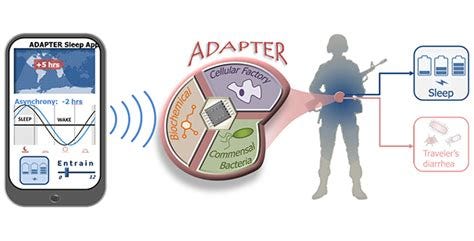
The ADEPTER program highlights how governments and institutions leverage research from countless wastewater surveillance programs, along with data on our gut microbiomes, for their own benefit—whether for good or ill (though it's hard to recall many instances where the military has acted purely out of noble intent). While these initiatives are often justified under the guise of public health or national security, they prompt significant questions. Why are these institutions so deeply invested in studying our microbiomes and waste, or even in controlling our gut microbiomes and health? Could their focus extend beyond mere disease prevention?
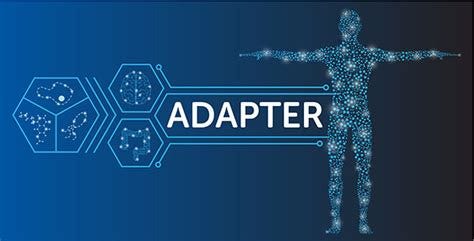
Contradictions in Gut Health Advocacy
Doctors like Thomas Borody and Sabine Hazan have been pioneers in gut health research, advocating for fecal microbiota transplants (FMT) to restore microbial balance. Yet, curiously, these same figures promote pharmaceuticals like ivermectin, hydroxychloroquine, and antibiotics—all of which can disrupt the gut microbiome they’re supposedly trying to protect.
Are these contradictions simply misguided, or are they part of a broader strategy to sell more patented treatments while creating long-term dependency or perhaps something far more nefarious? I mean it seems really odd that there is either mRNA vaccines or the supposed freedom-fighting doctor’s big pharma protocols of all shapes and sizes and that is it. No in between and definitely no questioning of either side. Sacrilege!
FMT itself is a bizarre and controversial procedure, involving the transfer of fecal matter (we are talking a big turd mixed with saline) from a healthy donor to a recipient in order to treat conditions like Clostridium difficile, Chron’s disease, etc.... While it has shown promise, the idea of transplanting poop raises ethical and safety concerns. And then there’s the question of who profits from this burgeoning field or what this procedure is really doing to people?
Enter the “Poop Mogul”
Michael Harrop, creator of the website HumanMicrobiome.info in 2017 and the founder of HumanMicrobes.org in 2020, has become one of the most enigmatic figures in the gut microbiome space. (This totally has either intelligence or military vibes to it!)

His business, built around stool donation, claims to address the so-called "gut microbiome crisis," but the operation is pretty vague in nature, raising numerous unsettling questions.
Harrop's company recruits stool donors who must meet an unusually strict set of criteria: they need to be young, healthy, lean, and follow specific dietary and lifestyle habits. Only those who fit this “perfect” profile are accepted, and the process of screening, collecting, and distributing stool samples is as bizarre as it sounds.
OK. Sorry. That was too far. The donors are expected to be free of medications like antibiotics or anti-parasitics, alcohol, and any lifestyle habits deemed harmful, with the promise that their stool will provide what Harrop describes as the "highest quality microbiome" which according to him is only 1% of the population.
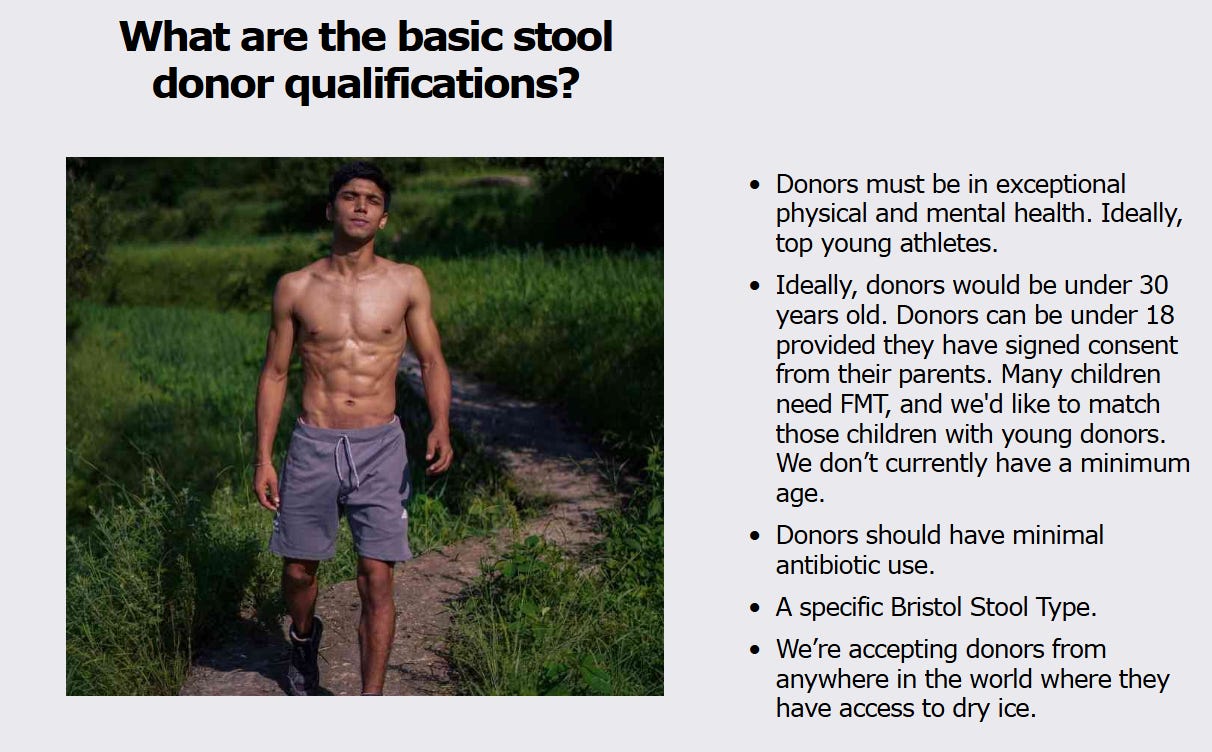
While Harrop promotes the business as a solution to a variety of health problems, from digestive issues to mental health, the scientific basis for these claims is vague, and there’s little explanation about how these microbiome transplants are actually supposed to work. The most concerning part of the operation, however, is the lack of transparency surrounding the research Harrop claims to be conducting. The company asserts that it is involved in “research,” but there are no clear details on who is conducting this research or what the purpose of the stool donations is beyond the vague promise of helping people and people being paid handsomely for sending their poop to this guy and his company after completing some pretty invasive tasks.
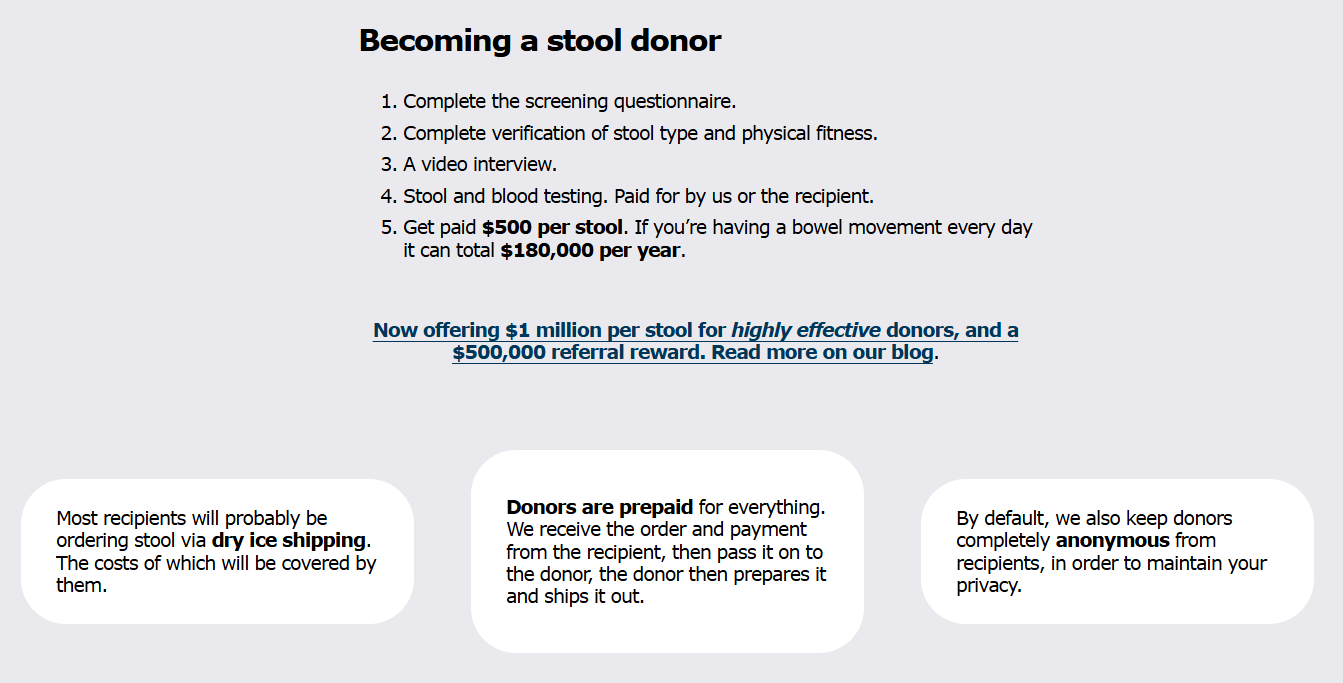
Who is funding this operation? Who is actually using the stool samples, and for what purpose? What are they doing with the collected stool and blood samples? These questions remain unanswered, raising suspicions about the true motives or who is behind the business.

Despite supposedly receiving an FDA warning in 2023 for operating outside of regulatory boundaries, HumanMicrobes.org continues to function without much oversight. The website is filled with alarmist language about the microbiome’s importance, likening the so-called "microbiome crisis" to climate change crisis, but offering little to no evidence to back up these dramatic comparisons. The business operates as though it’s on the cutting edge of science, but with no verifiable information about the methods, research, or qualifications of those behind it, the operation feels more like an exercise in mystery and manipulation. (Antifreeze solution? Say what?)

The lack of information about Harrop himself is troubling. There is no clarity on his background, qualifications, or how he came to found such a peculiar business that I could find. The website offers little about his personal history, making it difficult to understand what motivated him to start an operation focused on collecting human biological material other than he supposedly has suffered from health issues himself. This company and Harrop are seriously sus!
Additionally, there is no transparency about who finances the business, who its partners or investors are, or who the researchers involved in the studies are. This secrecy around the operation’s financial backing and the lack of details on its affiliates only add to the sense that something isn't quite right.
The stool sample collected by Harrop’s company are meant for microbiome transplants, which are marketed as remedies for a wide range of conditions. However, with little oversight and no clear evidence of the company’s research, it’s hard to trust that these samples are being used solely for health purposes.
Could they be used for something else entirely, such as genetic profiling, biotechnological experimentation, or even manipulating the microbiome for purposes beyond health? Is the information gathered from the stool or blood samples given to third parties without donor consent or knowledge? Given the lack of transparency, it’s difficult to say.

There’s also information on the site about DIY FMT transplants, but how does this practice impact overall and long-term health?
There is scarce public data on the long-term effects of this procedure on human health, so how can this person continue to offer this site and provide information without any relevant licensure? It seems quite strange, almost as strange as the DIY videos (ugh)!
Harrop’s personal appearance also adds an extra layer of creepiness to the whole operation. With a look that some can be likened to the alien in Men in Black—the one hidden inside a skin suit—Harrop’s presence is as unsettling as the business itself.
This eerie resemblance, combined with the mysterious nature of his operation, only adds to the suspicion that there is more going on behind the scenes than he is letting on. What exactly is Harrop doing with all these stool samples, and what is the true purpose of his business? The unanswered questions surrounding HumanMicrobes.org only continue to deepen, making it harder to ignore the possibility that there’s a hidden agenda at play—one that could involve DNA collection, biotechnological experimentation, or microbiome manipulation for unknown and potentially nefarious purposes.
As the business operates in the shadows, with little oversight and a lack of clarity about its operations, it’s becoming harder to dismiss the suspicion that there’s much more going on than simply promoting gut health. What is Michael Harrop really up to, and who is truly benefiting from this bizarre, secretive venture?
Weaponizing Gut Health?
From Nazi and Unit 731 war crimes to big pharma’s boom in pharmaceutical products and DARPA’s poop tech, the parallels are hard to ignore. The institutions claiming to save lives seem equally invested in controlling them. Pharmaceuticals disrupt our microbiomes while purporting to heal us, and FMT—gross as it may be—has been turned into a profit-driven enterprise that raises serious ethical concerns. The military’s involvement only deepens the unease: are these technologies about improving health, or about weaponizing it?
Meanwhile, the contradictions in gut health advocacy—promoting antibiotics and anti-parasitics while claiming to protect the microbiome—suggest a deeper agenda. Is the goal truly to help us, or to create long-term dependency on pharmaceutical products while undermining our natural immunity?
What’s Really in the (Poop) Pipeline?
From the shadowy origins of Big Pharma to the bizarre world of stool donation, one thing is clear: the story we’ve been sold about health and medicine doesn’t add up.

The gut microbiome, once dismissed as irrelevant, is now recognized as vital to our well-being—and perhaps the most vulnerable target of modern medicine’s interventions. Are we witnessing a genuine effort to improve human health, or a carefully orchestrated campaign that has taken place over decades to control it?
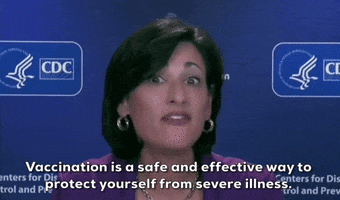

And if no one is looking to or admitting to what any of these pharmaceutical products is really doing to our real immune system and mental health center in our gut…is any of it really safe?
Not sure what any pharmaceuticals are supposed to be effective in doing really? But it doesn’t seem to be about keeping or making sure anyone is healthy.
As we flush out the facts, one question remains: Who’s really full of it? And why is anyone taking any of this stuff?








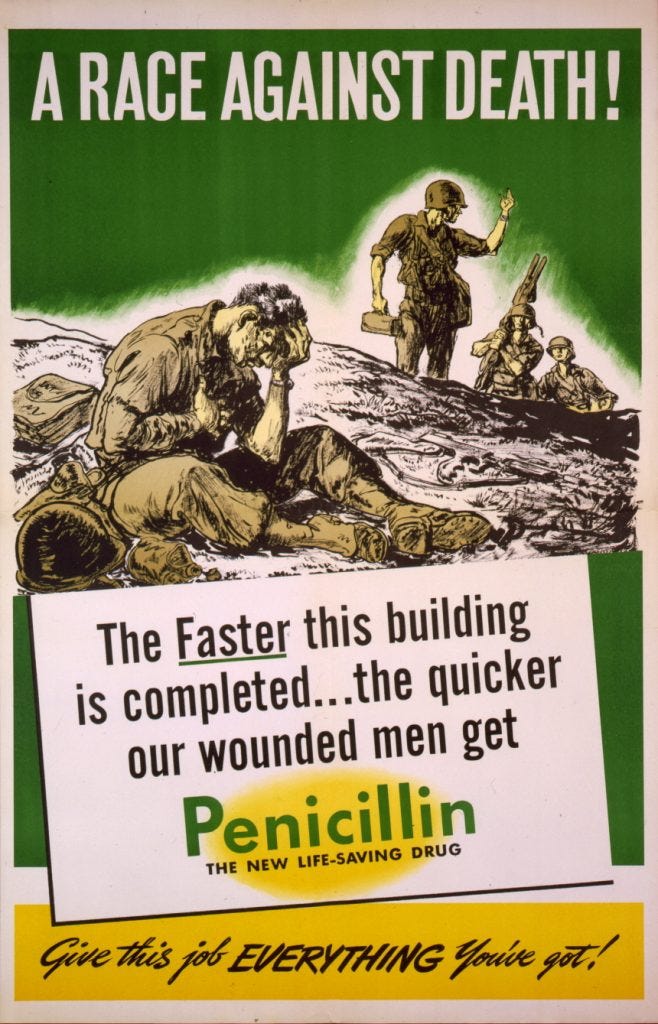


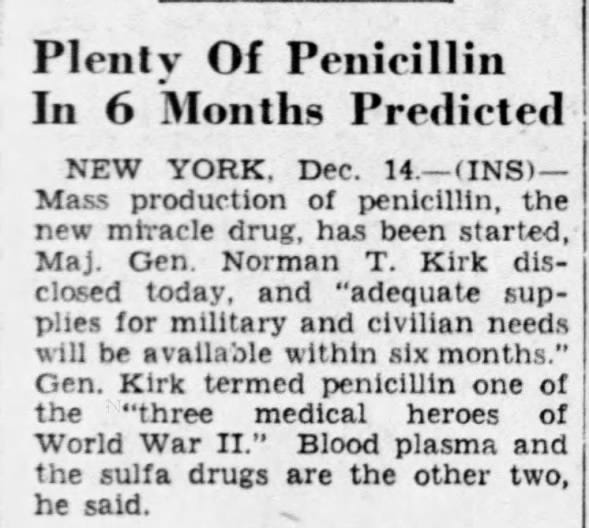
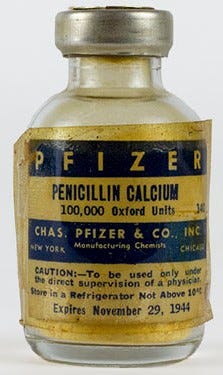

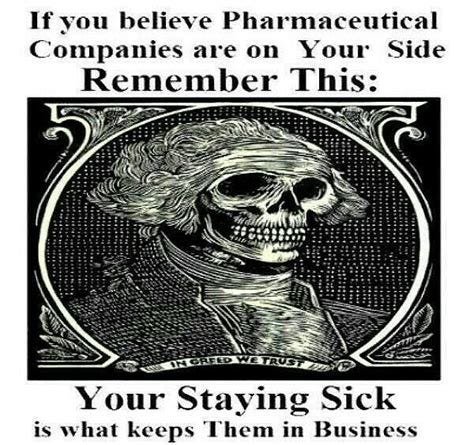




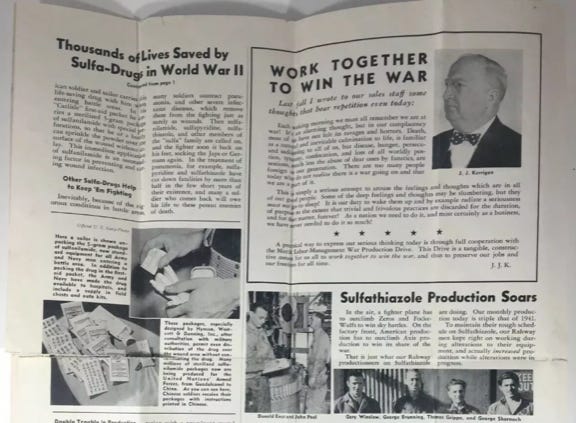
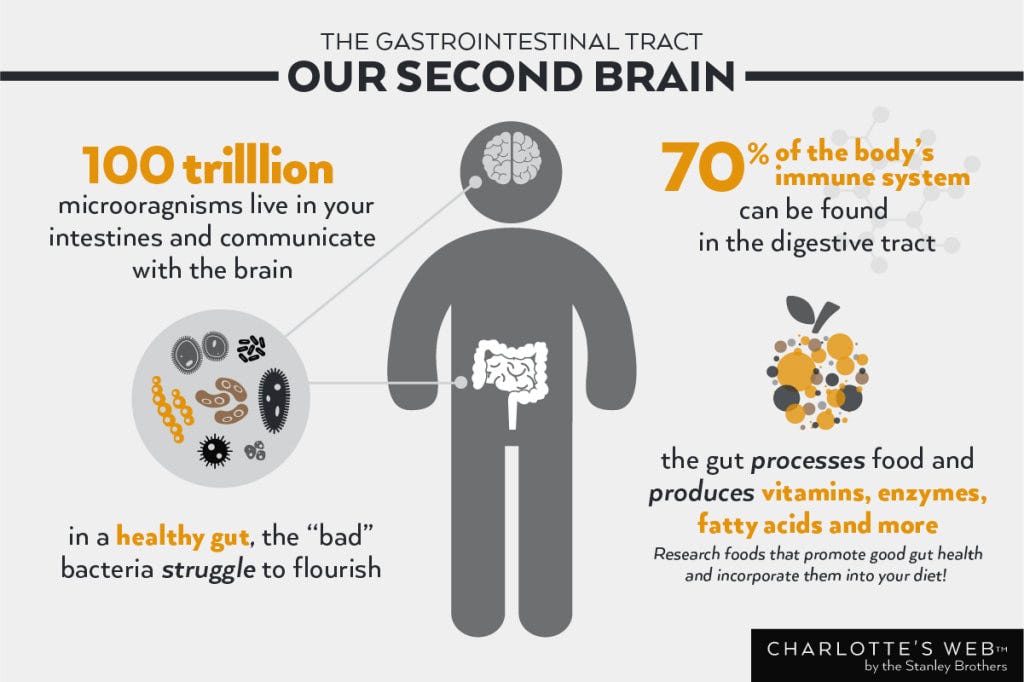
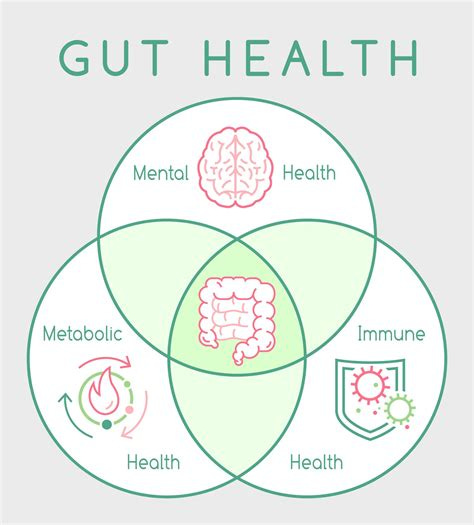

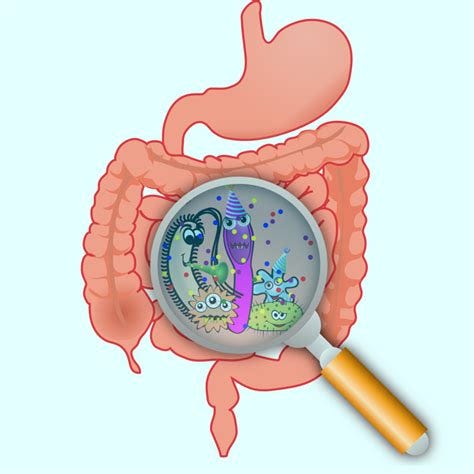


















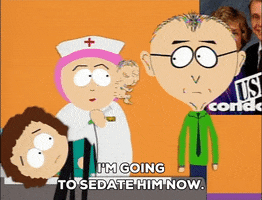

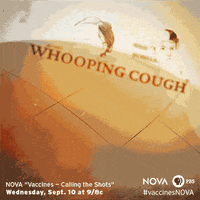







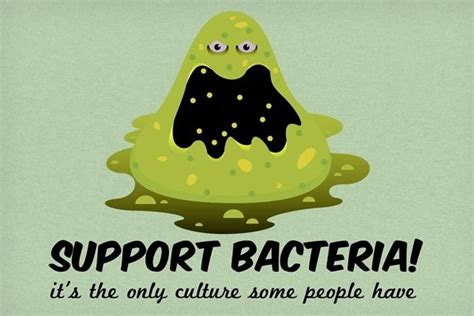



shortly before his death (2 weeks after The Vax in early 2021) my dad had C-diff (“difficult” to cure) which I suspect he got when the urgent care/hospital stacked antibiotics treating a urinary tract infection. it is something I wouldn’t wish on my worst enemy. my sister and I did some relatively superficial research at that time into possible treatments and it was my understanding that for a “transplant” they preferred a close relative and that it would be a last ditch attempt. he continued to decline so it never happened.
does make me wonder why they are paying a king’s ransom for the “samples” from youngsters…
Well, at the risk of sounding like a conspiracy theorist, I think everything "they" do is for nefarious purposes. Speaking from experience!